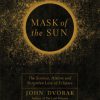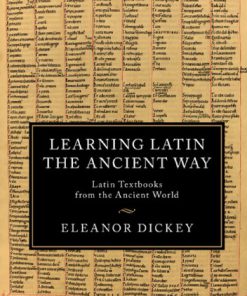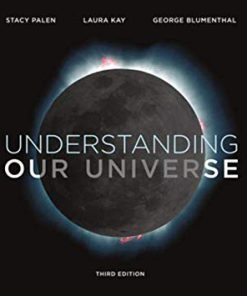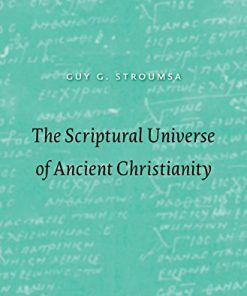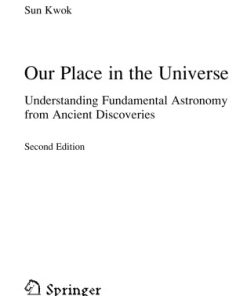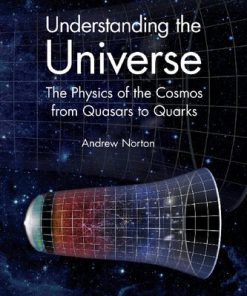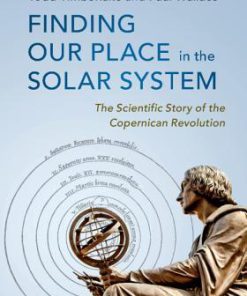Our Place in the Universe Understanding Fundamental Astronomy from Ancient Discoveries 1st edtion by Sun 3319541722 9783319541723
$50.00 Original price was: $50.00.$25.00Current price is: $25.00.
Our Place in the Universe Understanding Fundamental Astronomy from Ancient Discoveries 1st edtion by Sun Kwok – Ebook Instant Download/Delivery ISBN(s): 3319541722, 9783319541723
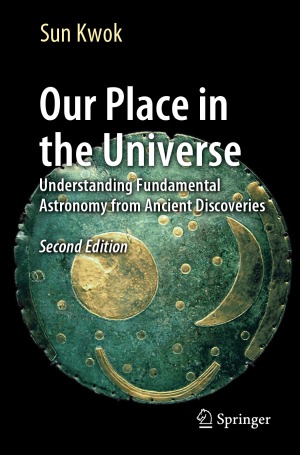
Product details:
- ISBN 10: 3319541722
- ISBN 13: 9783319541723
- Author: Sun Kwok
If you have ever wanted to understand the basic principles of astronomy and celestial movements, you should read this book. Using pictures of the sky observed from different places on Earth, as well as drawings of ancient astronomical methods and tools, Prof. Sun Kwok tells this story in an entertaining and fascinating way.Since the beginning of human civilization, people have wondered about the structure of the cosmos and our place in the Universe. More than 2,000 years ago, our ancestors knew that the seasons were unequal, the Earth was an unattached object floating in space, and stars existed that they could not see. From celestial observations, they concluded that the Earth was round.
Table of contents:
Chapter 1: Humans and the Sky
1.1 Repeating Days and Nights
1.2 Cycles of the Seasons
1.3 Early Sky Watchers
1.4 Worship of the Sun
1.5 The Orderly Heaven
1.6 Questions to Think About
Chapter 2: Effects of Celestial Motions on Human Activities
2.1 Daily Motion of the Sun
2.2 The Annual Motion of the Sun
2.3 The Seasons
2.4 Regular But Not Simple
2.5 Questions to Think About
Chapter 3: Ancient Models of the Universe
3.1 A Spherical Heaven
3.2 Chasing the Shadows
3.3 Not All Directions Are Equal
3.4 Path of the Sun
3.5 Where Does the Sun Go at Night?
3.6 Questions to Think About
Chapter 4: Turning of the Heavens
4.1 The Pole of Heaven
4.2 The Heaven Is Tilted
4.3 A Free Floating Earth
4.4 Questions to Think About
Chapter 5: A Spherical Earth
5.1 The Sun Moves in Complete Circles
5.2 A Different Show for Everyone
5.3 Evidence for a Non-flat Earth
5.4 The Changing Horizon
5.5 How High Can the Sun Go?
5.6 Different Lengths of Daylight
5.7 Pole Star and Latitude
5.8 Celestial Navigation
5.9 Are There Stars We Can´t See?
5.10 Success of the Round-Earth Hypothesis
5.11 Questions to Think About
Chapter 6: Journey of the Sun Among the Stars
6.1 The Sun Moving Through the Stars
6.2 Two Kinds of Motion of the Sun
6.3 Inclination of the Ecliptic
6.4 Placing Stars on the Celestial Sphere
6.5 An Asymmetric Universe
6.6 Questions to Think About
Chapter 7: A Two-Sphere Universe
7.1 An Inner Sphere for Humans, an Outer Sphere for Celestial Objects
7.2 The Armillary Sphere
7.3 Armillary Spheres as Observing Instruments
7.4 The Two-Sphere Cosmology
7.5 Questions to Think About
Chapter 8: Dance of the Moon
8.1 Shifting Locations of Moonrise
8.2 Two Different Lengths of a Month
8.3 Eclipses and Phases of the Moon
8.4 Size and Distance to the Moon
8.5 The Self-spinning Moon
8.6 Questions to Think About
Chapter 9: The Calendars
9.1 How Long Is a Year?
9.2 Star Calendar
9.3 What Defines a Year?
9.4 Different Calendars Around the World
9.5 Reform of the Julian Calendar
9.6 What Is so Special About a 24-hour Day?
9.7 Questions to Think About
Chapter 10: The Wanderers
10.1 The Ten Patterns of Venus
10.2 Mars at Opposition
10.3 Moving Backwards
10.4 Two Different Periods for Each Planet
10.5 Astrology
10.6 Planets in the Scheme of the Universe
10.7 Questions to Think About
Chapter 11: The Mystery of Uneven Seasons
11.1 Is the Earth moving?
11.2 Earth Not Exactly at the Center
11.3 The Pole Is Moving
11.4 Shifts of the Zodiac Signs
11.5 Questions to Think About
Chapter 12: Size of the Earth
12.1 First Measurement of the Size of the Earth
12.2 How Far Away Is the Sun?
12.3 Revival of a Flat Earth
12.4 Practical Proof that the Earth Is Round
12.5 Questions to Think About
Chapter 13: Cycles Upon Cycles
13.1 Moving in Circles
13.2 Three Artificial Constructions
13.3 Questions to Think About
Chapter 14: Cosmology According to Aristotle
14.1 Two Worlds and Four Elements
14.2 The Marriage of Cosmology and Religion
14.3 Questions to Think About
Chapter 15: The Post-Ptolemy World
15.1 Size of the Universe According to Ptolemy
15.2 Passing the Torch to the Islamic World
15.3 Not Everything Is Well in the Ptolemy Universe
15.4 A Thousand Year Bandwagon
15.5 Questions to Think About
Chapter 16: The Copernicus Revolution
16.1 The Sun-Centered Universe
16.2 How Far Away Are the Planets?
16.3 Six Books on the Revolutions of the Heavenly Spheres
16.4 Questions to Think About
Chapter 17: Does the Earth Really Go Around the Sun?
17.1 The Equivalency of the Geocentric and Heliocentric Models in Their Simplest Forms
17.2 New Explanations of Old Facts
17.3 What Copernicus Really Accomplished
17.4 Questions to Think About
Chapter 18: The Legacy of Copernicus
18.1 A Larger Universe
18.2 An Infinite Universe?
18.3 No Place for Heaven
18.4 Copernicus Meets Confucius
18.5 What We Learned from Copernicus
18.6 Questions to Think About
Chapter 19: A New Star in the Sky
19.1 A Need for more Accurate Measurements
19.2 A Geometric Universe
19.3 The Role of the Sun
19.4 The Way It Is, Rather than the Way It Should Be
19.5 Motivation and Legacy
19.6 Questions to Think About
Chapter 20: The Imperfect Heaven
20.1 More Stars in the Sky
20.2 Galileo´s Promotion of Copernicus
20.3 How Things Move
20.4 Galileo´s Explanation of a Moving Earth
20.5 Questions to Think About
Chapter 21: Unification of Heaven and Earth
21.1 The Moon Is Falling
21.2 Prediction of Future Space Flights
21.3 A Force Without Agent
21.4 A Physical Universe
21.5 Questions to Think About
Chapter 22: Epilogue
People also search:
brian cox our place in the universe
identify our place in the universe
ancient skies our place in the universe
quotes about our place in the universe
zuko think about our place in the universe
You may also like…
Languages - General & Miscellaneous Languages - Reference
Learning Latin the ancient way Latin textbooks from the ancient world Dickey
Astronomy
Religion & Spirituality - Christianity
The Scriptural Universe of Ancient Christianity 1st Edition Guy G. Stroumsa
Politics & Philosophy - Social Sciences
New Discoveries in Child Psychotherapy Findings from Qualitative Research Margaret Rustin
Science (General)
Earth Sciences


